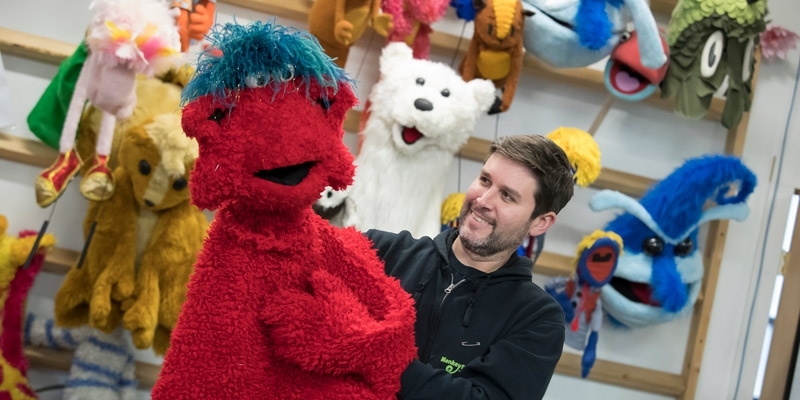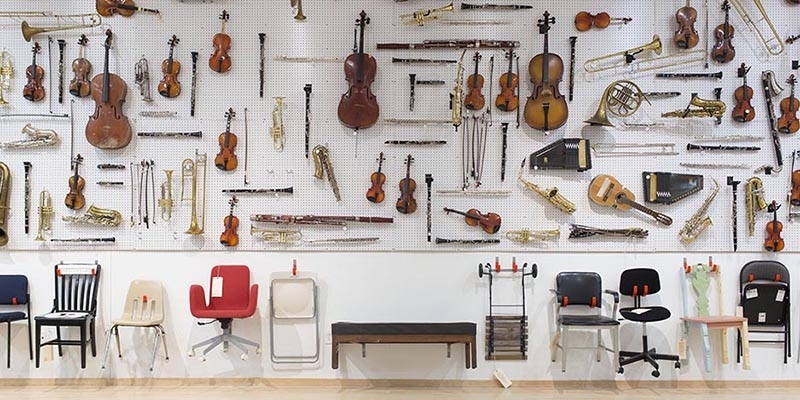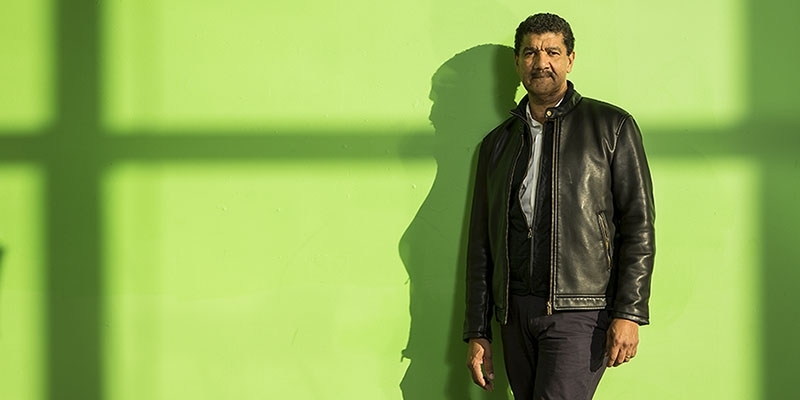Posted April 3, 2017
Renowned artist Judy Pfaff comes to Tyler School of Art
Judy Pfaff, a pioneering artist, will inaugurate the newly-endowed Jack Wolgin Annual Visiting Artist Program, work with students and lecture to public.
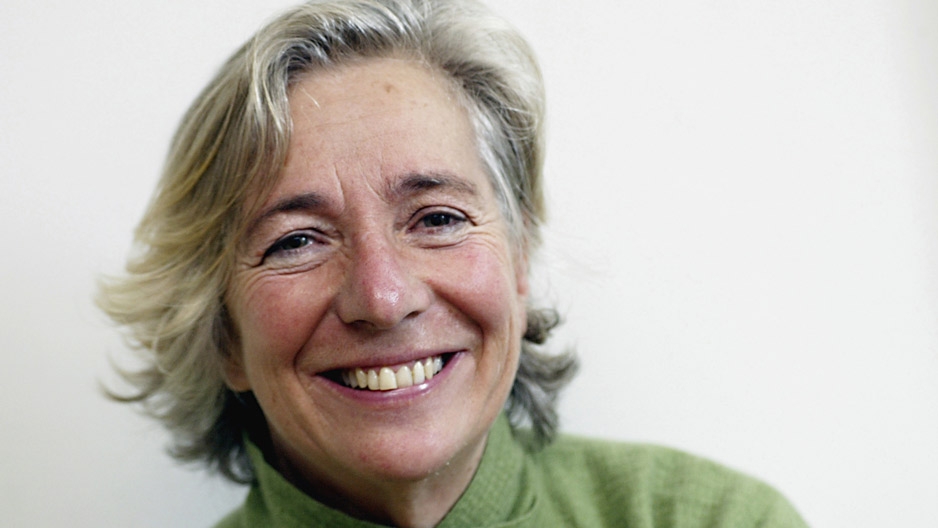
Photography By:
John D. & Catherine T. MacArthur Foundation
Renowned artist Judy Pfaff, the first Jack Wolgin Annual Visiting Artist, is visiting Temple University’s Tyler School of Art this week.
A newly endowed program at Temple University’s Tyler School of Art is bringing one of the world’s most influential artists to campus to work with Tyler students.
Judy Pfaff, the multimedia artist who pioneered what is now known as “installation art,” will be the first Jack Wolgin Annual Visiting Artist, a program created by a gift from the late Philadelphia real estate developer, philanthropist and renowned patron of the arts.
Pfaff and all future participants in the Jack Wolgin Annual Visiting Artist Program will come to Tyler for three to five days to take part in a wide variety of activities that will enrich the Tyler community, including visiting students in their studios and classes and presenting a public lecture. Pfaff’s visit to Tyler will begin on Monday, April 3, and continue through the week, culminating in a public lecture at Temple’s Science Education and Research Center on the university’s Main Campus in Philadelphia on Wednesday, April 5, at 6 p.m. (1926 N. 12th St., room 116).
Our students will learn side by side with one of the world’s greatest living artists, a priceless opportunity for which the extended Tyler family will always be grateful to Jack Wolgin and his family.”
-- Hester Stinnett, Tyler School of Art interim dean
“I am delighted that Judy Pfaff, a true innovator and a born teacher, will be the inaugural Jack Wolgin Annual Visiting Artist,” said Hester Stinnett, Tyler’s interim dean. “Our students will learn side by side with one of the world’s greatest living artists, a priceless opportunity for which the extended Tyler family will always be grateful to Jack Wolgin and his family.”
With more than 20 solo exhibits in the last five years alone, Pfaff and her work are in demand around the world. She has earned a Lifetime Achievement Award from the International Sculpture Center, an Anonymous Was a Woman Award, a MacArthur “Genius” Grant, a Guggenheim Fellowship and two grants from the National Endowment for the Arts, among others. Her commissions include installations at the Pennsylvania Convention Center in Philadelphia; GTE’s corporate headquarters in Irving, Texas; and the Wacoal Art Center in Tokyo. Pfaff’s work can be found in the permanent collections of museums worldwide, including the Museum of Modern Art and the Whitney Museum of Art.
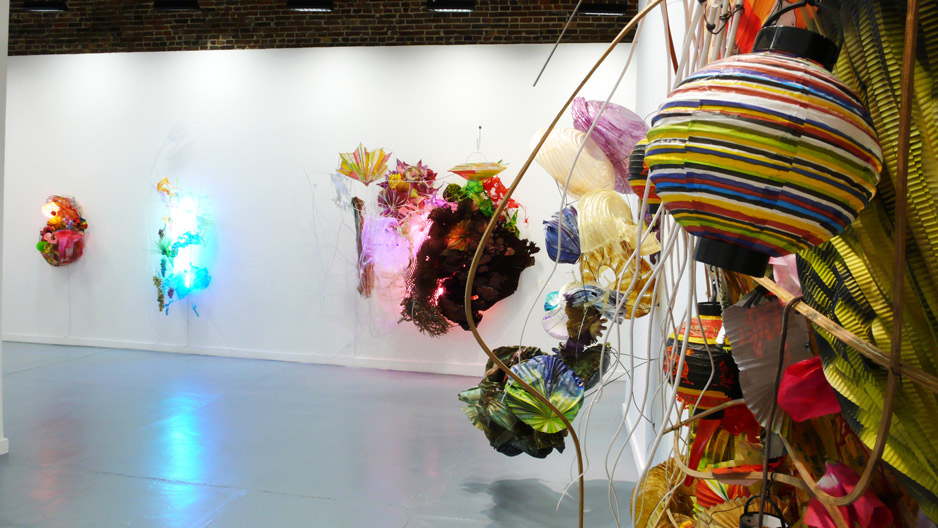
Some of Judy Pfaff's work.
Pfaff’s sculptures and installations meticulously piece together plastic, fiberglass, steel, and fabric to create visually complex and detailed environments. Her prints, paintings and drawings also have a three-dimensional quality; they’re often layered with hand-applied materials such as fabric dye, ink and collage.
“Before Judy you had painting and you had sculpture—they were separate. Since Judy's arrival these disciplines and their materials have been literally mixed. Her installations climb up walls and explode towards us, dynamically expanding our understanding of where art belongs,” said Robert Blackson, director of exhibitions and public programs at Tyler. “For a woman artist receiving her first critical acclaim in the 1970s, this was a liberating gesture and one that generations of artists have benefitted from and re-invented.”
The late Jack Wolgin, the native Philadelphian and civic leader whose gift created the Jack Wolgin Annual Visiting Artist Program, was best known in the art world for his influential public art commissions in the city, including Claes Oldenburg's “Clothespin” (1976), an enormous sculpture that The Philadelphia Inquirer called “the piece that has probably done more than any other work of art or architecture to redefine the [Philadelphia] cityscape.”
